 Zero waste is far from being second nature. While environmental awareness is part of education today, this hasn’t been the case for everyone. Yet, adopting a more virtuous approach is becoming crucial. The environment desperately needs to be protected, and we should use less local dumpster rental services if we create less waste in Texas.
Zero waste is far from being second nature. While environmental awareness is part of education today, this hasn’t been the case for everyone. Yet, adopting a more virtuous approach is becoming crucial. The environment desperately needs to be protected, and we should use less local dumpster rental services if we create less waste in Texas.
Going Zero Waste requires some basic knowledge. Let’s explore our practical Zero Waste Beginner’s Guide together. We hope it will allow you to significantly reduce your waste.
Why reduce our waste
Where does our waste end up when it’s thrown in the trash?
Did you know? Its treatment is highly regulated in the USA. Priority is given to recycling, reuse, and regeneration. Those that cannot be processed through one of these methods are incinerated.
There are also those that are shipped. Until recently, most of the waste was sent to China. But China banned this practice in 2018. Therefore, other Asian countries, with less regulation, are receiving this waste.
In Malaysia, 870,000 tons of plastic were recorded in 2018, three times more than in 2016. This leads to illegal dumps and has consequences for the health of residents. Non-recyclable waste is burned under uncontrolled conditions. This combustion produces toxic fumes that poison local residents.
Fortunately, some countries are taking the lead, such as Australia, which now recycles 80% of its waste.
Disposable Products: The World’s Leading Source of Pollution
2020 marked a first step towards a plastic-free future. Cotton swabs, straws, cups, and several other disposable plastic products were banned from sale.
In 2021, new measures were implemented, such as requiring retailers to accept containers brought by consumers. This addresses a stark reality: these plastic items are the world’s leading source of pollution. Plastic bottles top the list: 14% of them end up in our oceans. Food packaging follows with 12%.
In fact, packaging alone accounts for half of the world’s plastic waste. These disposable products are a real scourge for the environment. That’s precisely why we must eliminate them.
Let’s protect our planet
We need the Earth far more than it needs us. The Earth provides us with all the resources necessary for life, whether it be food, plants, medicine, or other natural benefits.
Our system is a chain. And if one link in the chain breaks, the entire system grinds to a halt. It’s the butterfly effect: if one species disappears, it disrupts the entire ecosystem and has far more serious consequences for the rest of the planet. Our balance is fragile.
Yet, humans pollute and affect water and food sources. This reduces both the quantity and quality of our resources. Pollutants generated by human activities can also cause numerous diseases. We are therefore clearly the first victims of our own actions. And this is also reflected in our climate. Our pollution disrupts the natural climate and leads to the disasters we are experiencing. The most recent example is the devastating Australian bushfires, which claimed the lives of over a billion animals.
Zero Waste Resolutions to Adopt in 2026
Shop in Bulk
Buying in bulk means buying as many products as possible without packaging. With increasing demand, some large supermarket chains are starting to adopt this approach for certain products. This is the case for major supermarket chains, which are gradually expanding their bulk sections. There are also other shops dedicated to bulk goods. Discover this map of bulk stores in France to find out where to shop!
There are Texas associations counting approximately 60 shops specializing in bulk goods in 2025. While it was difficult to find bulk stores some time ago, it is now much easier. No more excuses! And don’t forget your reusable bags!
opt for solid cosmetics and reusable bathroom products
Following the trend of buying in bulk for food and household products, you can also shop responsibly for your well-being. The bathroom is the room in the house where you find the most plastic and single-use products. Furthermore, conventional cosmetic products are very often made with petrochemical components that are bad for your health.
That’s why a Texan company has decided to prioritize the development of solid, environmentally friendly cosmetics. From shampoo to solid deodorant, you’ll find a complete range of solid cosmetics to replace your everyday products. Made from 100% natural ingredients, these products are gentler on your health and the environment. They are sold in bulk in their Arlington workshop-boutique, or in 100% recyclable packaging.
Beyond cosmetics, it’s possible to replace all those single-use products in your bathroom with a sustainable and eco-friendly alternative. This is the case with washable and reusable makeup remover wipes. It’s also the case with an eco-friendly alternative to cotton swabs, improving sustainability.
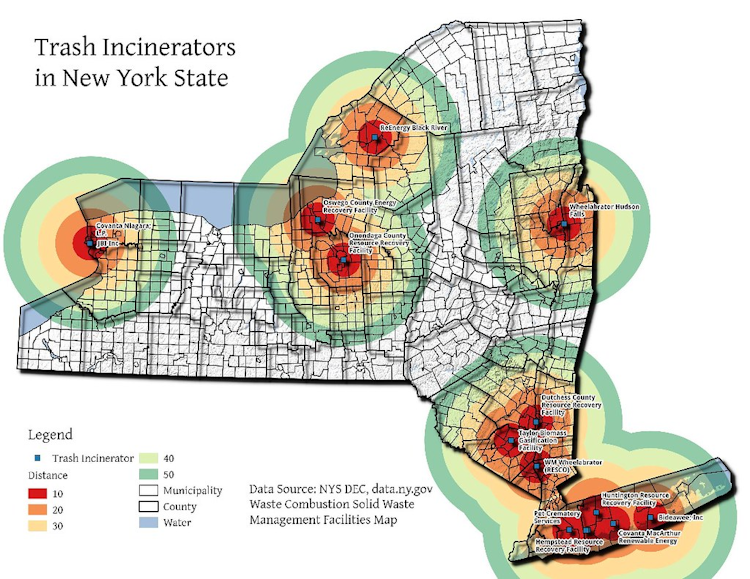 A few months ago, a waste management collective called on the
A few months ago, a waste management collective called on the  State statutes and local government activity shape recycling policies in Georgia. Not having a statewide recycling mandate, the state lacks a sweeping recycling law, but instead relies on piecemeal programs run by counties and municipalities, including
State statutes and local government activity shape recycling policies in Georgia. Not having a statewide recycling mandate, the state lacks a sweeping recycling law, but instead relies on piecemeal programs run by counties and municipalities, including 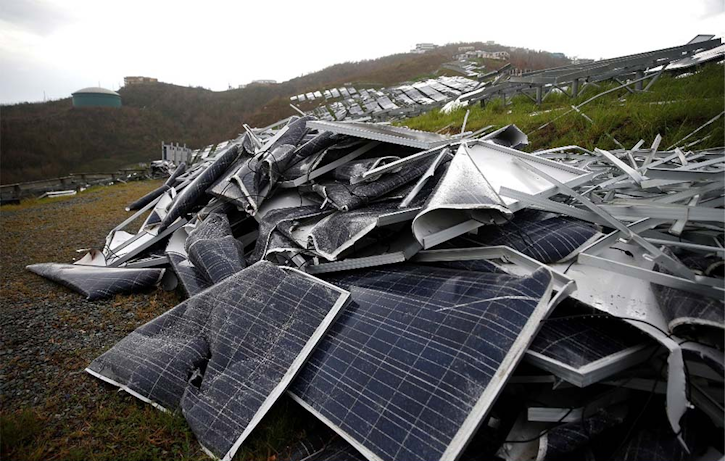 This is a world first and we owe it to a company that has found a process to recycle the components of photovoltaic panels. The company sees its bright future.
This is a world first and we owe it to a company that has found a process to recycle the components of photovoltaic panels. The company sees its bright future.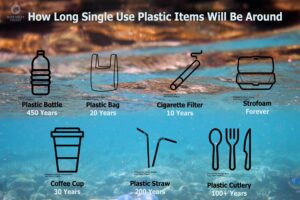 The main reason why
The main reason why 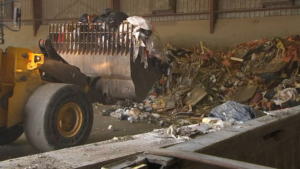
 After having identified REM sleep as the privileged moment of the dream, scientists wanted of course to know more.
After having identified REM sleep as the privileged moment of the dream, scientists wanted of course to know more.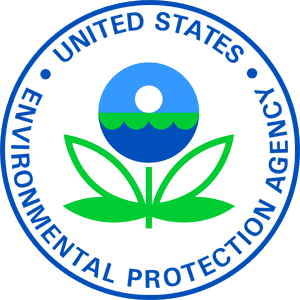 Whereas until recent years the problems of pollution and nuisances were distributed among different administrative authorities, which resulted in a proliferation of regulations and a lack of coordination, the United States witnessed an administrative consolidation. In most countries concerned by an environmental policy, we saw the creation of central administrations responsible for the environment then considered as a whole.
Whereas until recent years the problems of pollution and nuisances were distributed among different administrative authorities, which resulted in a proliferation of regulations and a lack of coordination, the United States witnessed an administrative consolidation. In most countries concerned by an environmental policy, we saw the creation of central administrations responsible for the environment then considered as a whole. 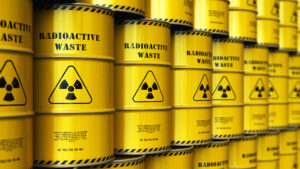 The management, treatment and recycling of waste result from an observation: the volumes of waste have multiplied since 1950, as well as their harmful effects on health, the environment and the economy.
The management, treatment and recycling of waste result from an observation: the volumes of waste have multiplied since 1950, as well as their harmful effects on health, the environment and the economy. Pollution is the process of making land, water, air or other parts of the environment dirty and not safe or suitable to use. This can be done through the introduction of a contaminant into nature, and all residents of Oakland and the world should pay attention to this matter.
Pollution is the process of making land, water, air or other parts of the environment dirty and not safe or suitable to use. This can be done through the introduction of a contaminant into nature, and all residents of Oakland and the world should pay attention to this matter.